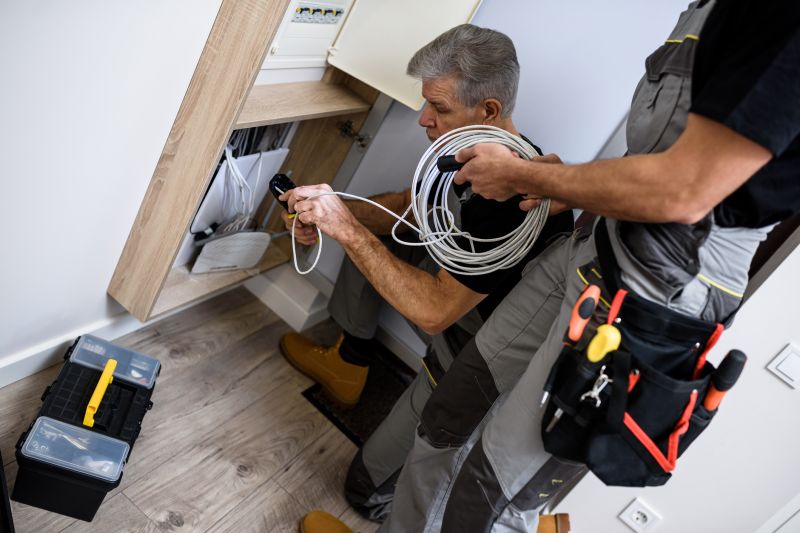Optimal Timing for Window Installations
Scheduling Windows installations at optimal times can minimize disruptions and ensure a smooth process. Various factors influence the best timing, including system readiness, workload cycles, and seasonal considerations.
Spring and fall are ideal due to moderate temperatures and fewer interruptions, reducing the risk of overheating or power issues during installation.
Early mornings or late evenings are preferable when fewer users are active, decreasing the impact on productivity.
Weekends often provide more flexibility for extensive installations, allowing for longer maintenance windows without affecting daily operations.
Scheduling during planned downtime or slower business periods helps avoid operational disruptions.

Technicians preparing systems for installation in a professional environment.

Calendar with scheduled update times during off-peak hours.

IT professionals working on server configurations for Windows deployment.

Pre-installation checks on computer hardware.

Employees being informed about upcoming Windows updates.

Technicians installing Windows on multiple devices.

Verifying system functionality after Windows setup.

Support staff helping users after installation.

Adjusting network settings for Windows systems.
| Timing Aspect | Details |
|---|---|
| Seasonal Considerations | Spring and fall offer moderate weather, ideal for installations. |
| Time of Day | Early morning or late evening reduces user impact. |
| Weekday vs Weekend | Weekends allow for extended maintenance windows. |
| Business Cycle | Schedule during slow periods or planned downtimes. |
| System Readiness | Ensure hardware and network stability beforehand. |
| Environmental Factors | Avoid extreme temperatures or weather conditions. |
| User Availability | Coordinate with staff to minimize disruptions. |
| Maintenance Windows | Align with scheduled IT maintenance periods. |
Windows installations are a critical component of maintaining secure and efficient computing environments. Proper timing ensures minimal downtime and reduces operational impact. Organizations often plan these updates during off-peak hours or scheduled maintenance windows to optimize system performance and user experience.

IT professionals performing installation tasks.

Hardware setup before Windows installation.

Configuring settings after Windows setup.

Employees receiving guidance on new Windows features.
Choosing the right time for Windows installations can significantly improve efficiency and reduce user inconvenience. Planning ahead and coordinating with IT professionals ensures smooth transitions and optimal system performance.
Interested in scheduling Windows installations? Filling out the contact form provides a convenient way to discuss options and find the best timing for specific needs.



